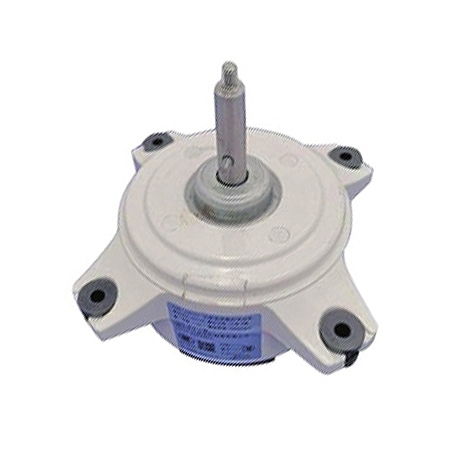As with any expanding market, there is a need to service this growth. x-team, for its part, specializes in the manufacture and sale of large and small industrial motors to ensure our customers’ machinery and equipment runs smoothly and eliminates downtime.
Today x-team Brushless DC Motors will look at some of the pros and cons of some of the common motor types we service, store and sell, and why having the right solution partner can make a real economic difference.

When it comes to self-commutating motors, at x-team we focus on DC motors, including DC brushless motors and DC brushed motors, which offer the advantages of simple speed control and low initial cost. Disadvantages may include higher maintenance (especially for brushes, which is not an issue with brushless motors), medium life, and expensive commutators and brushes. This means that inspection and maintenance expertise can play an important role in reducing the total cost of ownership and increasing the economic value of the asset.
And in the area of AC asynchronous motors, you’ll find us working on producing three-phase asynchronous motors as well as single-phase asynchronous motors, which offer a variety of advantages, including self-starting, low cost, robustness and reliability. Disadvantages may include the need for high starting currents, as well as lower efficiency due to the need for magnetization. It is important that your service and support agreements anticipate these and other factors in order to maximize performance and reliability.
How will your facility choose an industrial motor? A DC brushless motor or a three-phase asynchronous motor? The truth is that motor type is not good or bad, as long as it allows the equipment to achieve the most efficient motor is a good motor! Do you agree with this?






